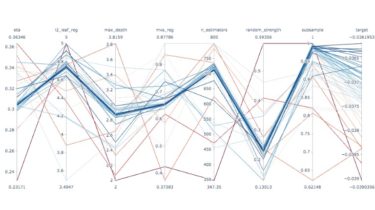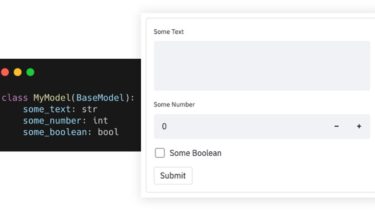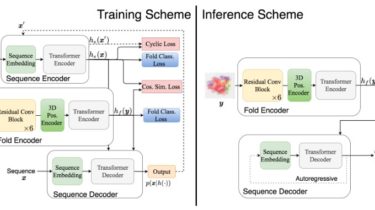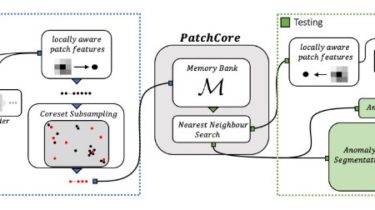Model Zoo for AI Model Efficiency Toolkit
We provide a collection of popular neural network models and compare their floating point and quantized performance. Results demonstrate that quantized models can provide good accuracy, comparable to floating point models. Together with results, we also provide recipes for users to quantize floating-point models using the AI Model Efficiency ToolKit (AIMET). Introduction Quantized inference is significantly faster than floating-point inference, and enables models to run in a power-efficient manner on mobile and edge devices. We use AIMET, a library that […]
Read more




